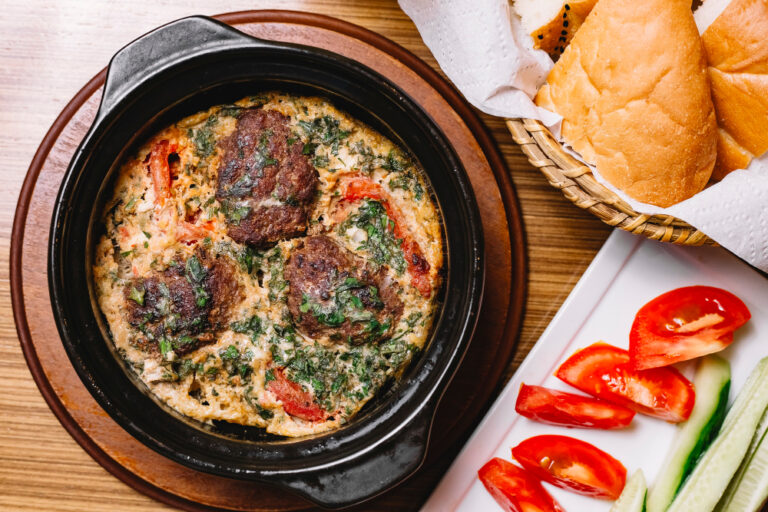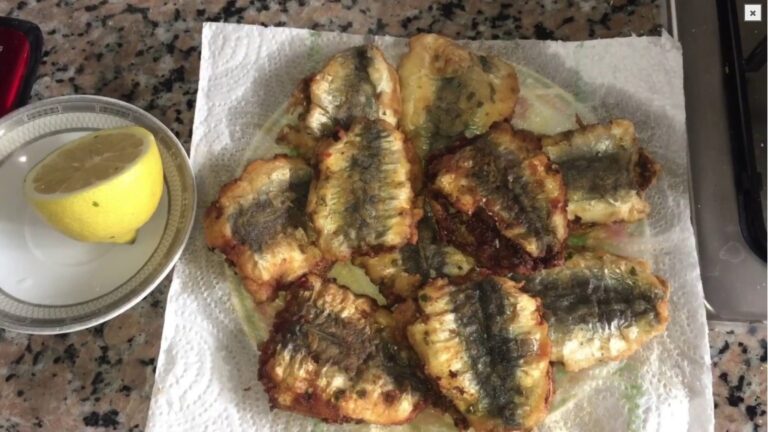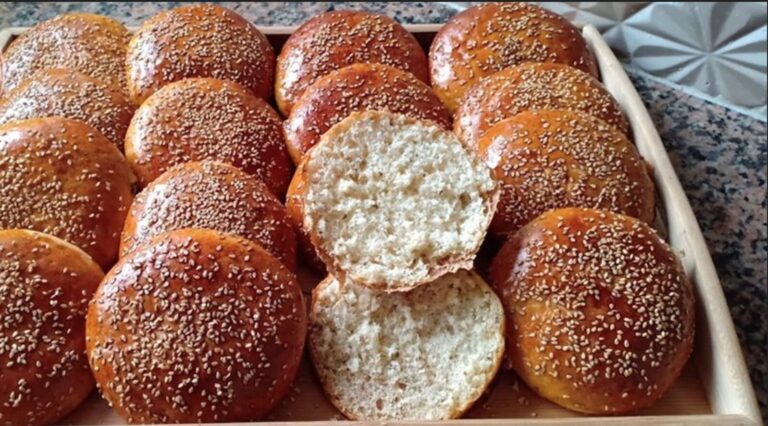

When the sun sets over Morocco during Ramadan, families and friends gather around tables filled with dates, sweets, and steaming bowls of soup. At the heart of this meal lies Moroccan Harira Soup: A Ramadan Classic.
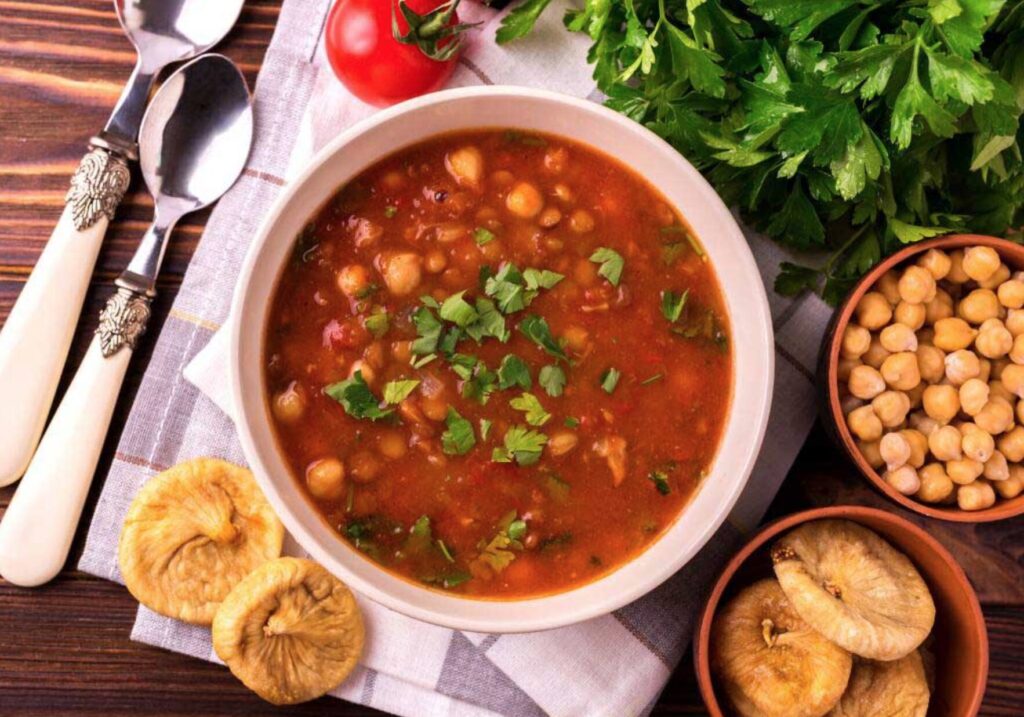
Harira is more than just a soup—it’s a comforting, nutrient-rich dish that symbolizes warmth, togetherness, and faith. Made with tomatoes, lentils, chickpeas, and fragrant spices, Harira nourishes both body and soul after a long day of fasting. For travelers exploring Morocco, tasting Harira during Ramadan is one of the most authentic cultural experiences you can have.
What Is Moroccan Harira Soup?
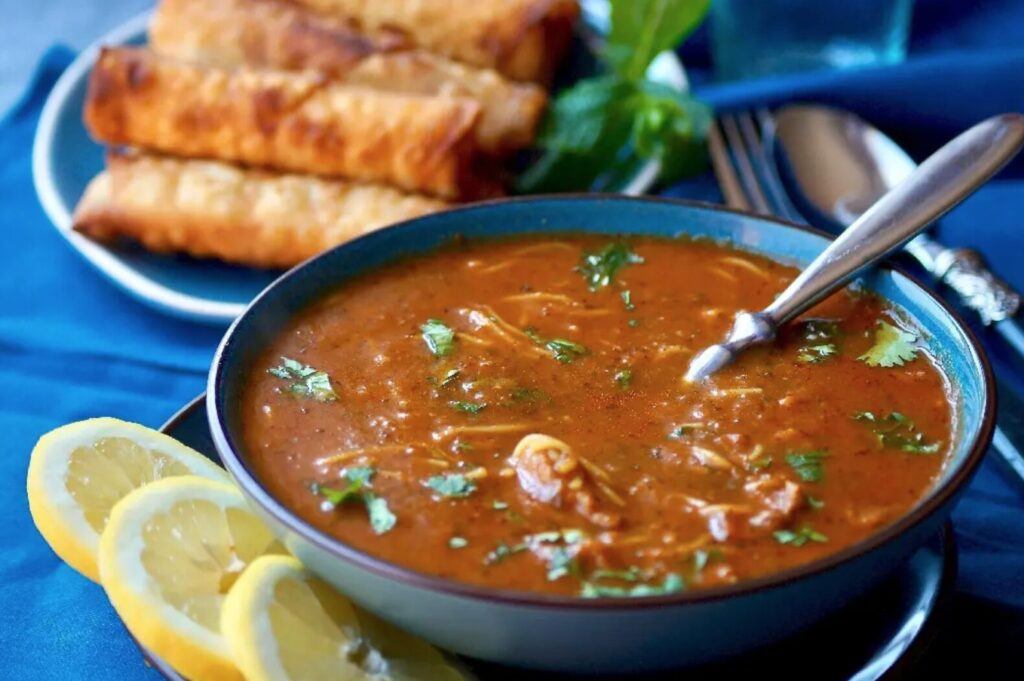
Harira is Morocco’s signature soup, often associated with the holy month of Ramadan but enjoyed year-round. Its base is a tomato-rich broth thickened with flour, filled with lentils, chickpeas, onions, celery, and sometimes small pieces of lamb or beef. A final touch of fresh herbs like cilantro and parsley gives the soup its signature brightness.
This hearty dish isn’t just about flavor—it’s about community. Harira is served at iftar, the evening meal that breaks the fast during Ramadan. Alongside dates, Chebakia (sesame and honey cookies), and mint tea, Harira creates a perfect balance of savory and sweet.
Much like the vibrant streets of Marrakech or the scholarly traditions of Fez, Harira reflects Morocco’s ability to blend history, tradition, and warmth into something unforgettable.
Where to Experience Harira in Morocco
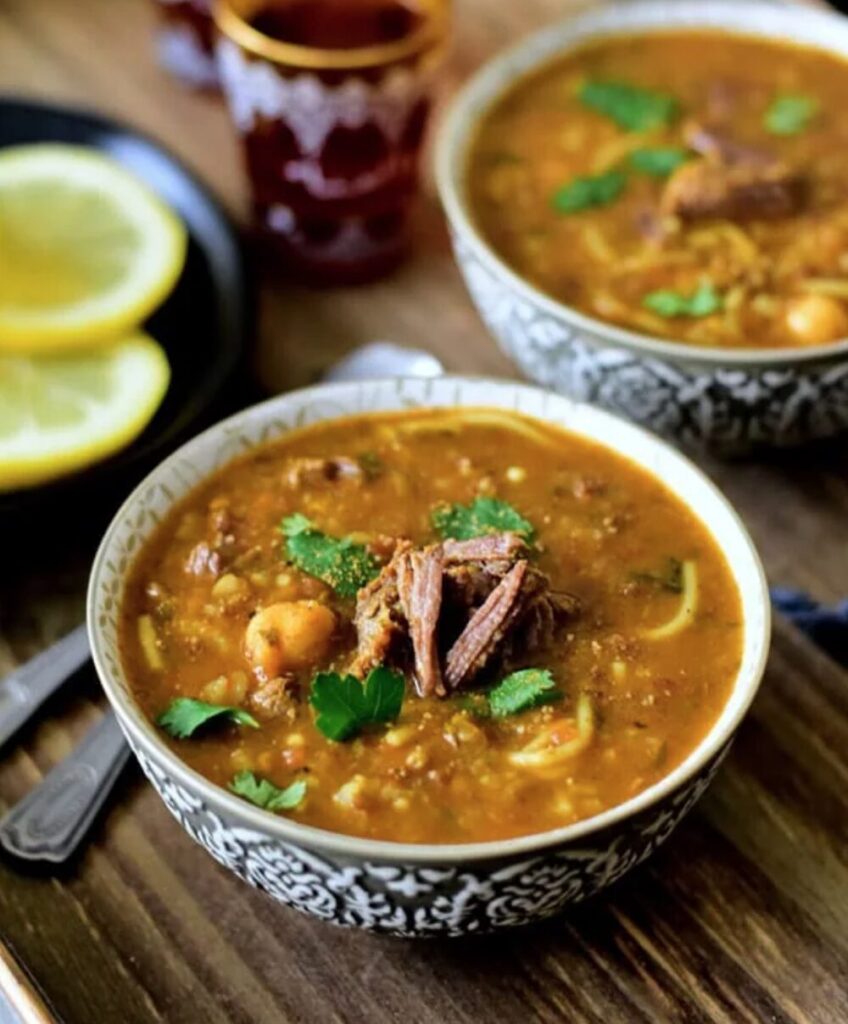
For visitors, enjoying Harira is a must-do culinary experience. Here’s where you can find it:
- Family Homes During Ramadan: If you’re lucky enough to be invited to an iftar meal, Harira will almost certainly be served. This is the most authentic way to experience the dish.
- Street Food Stalls: During Ramadan evenings, vendors set up stalls in cities and villages, serving steaming bowls of Harira to those who break their fast outside.
- Restaurants and Cafés: Many restaurants in Casablanca, Marrakech, and Fez include Harira on their Ramadan menus, allowing travelers to taste this classic dish.
- Cooking Schools: For those who want to bring the recipe home, cooking classes in Moroccan cities often include Harira in their repertoire.
Wherever you try it, the warmth of Harira is matched only by the hospitality of the people who share it with you.
Travel Tips and Cultural Insights
Here are some ways to make the most of your Harira experience:
- Best Time to Try It: Ramadan evenings are ideal, but Harira is also served in winter months when its hearty warmth is especially comforting.
- Pairing Foods: Traditionally served with dates, boiled eggs, and Chebakia, Harira balances savory and sweet flavors perfectly.
- Cultural Etiquette: If invited to share Harira in a Moroccan home, wait for the host to begin before eating. Ramadan iftar is a sacred and communal experience.
- Regional Variations: While the base remains the same, some regions add more meat, while others prefer a vegetarian version.
Understanding these small details makes your Harira tasting experience richer and more meaningful.
Traveler Story: A Ramadan Evening in Casablanca
Daniel, a traveler from Canada, recalls his unforgettable Harira experience:
“I was in Casablanca during Ramadan, and I was invited by a local friend to join his family for iftar. As the call to prayer echoed, the table was filled with dates, mint tea, and a large pot of Harira. The soup was rich, tangy, and comforting—exactly what I needed after walking the city all day. But more than the taste, what struck me was the feeling of community. Everyone shared stories, laughter, and food. Harira wasn’t just soup—it was a bridge between cultures.”
Experiences like Daniel’s remind us that food is often the easiest way to connect with people when travelin
Seasonal Insights and Recommendations
If you’re planning a trip to Morocco, timing your visit around Ramadan offers a unique chance to experience Harira in its cultural context. Ramadan dates shift every year, based on the lunar calendar, so check ahead before you travel.
- During Ramadan: Harira is everywhere, from homes to street stalls. This is the best time to taste it in its traditional setting.
- Winter Months: Harira’s warming qualities make it popular even outside Ramadan, especially during the chilly evenings of December and January.
- Festivals and Celebrations: Harira sometimes appears at weddings or family gatherings, symbolizing comfort and togetherness.
For food lovers, traveling with the intention of tasting Morocco’s seasonal dishes, including Harira, makes the journey even more rewarding.
FAQ About Moroccan Harira Soup: A Ramadan Classic
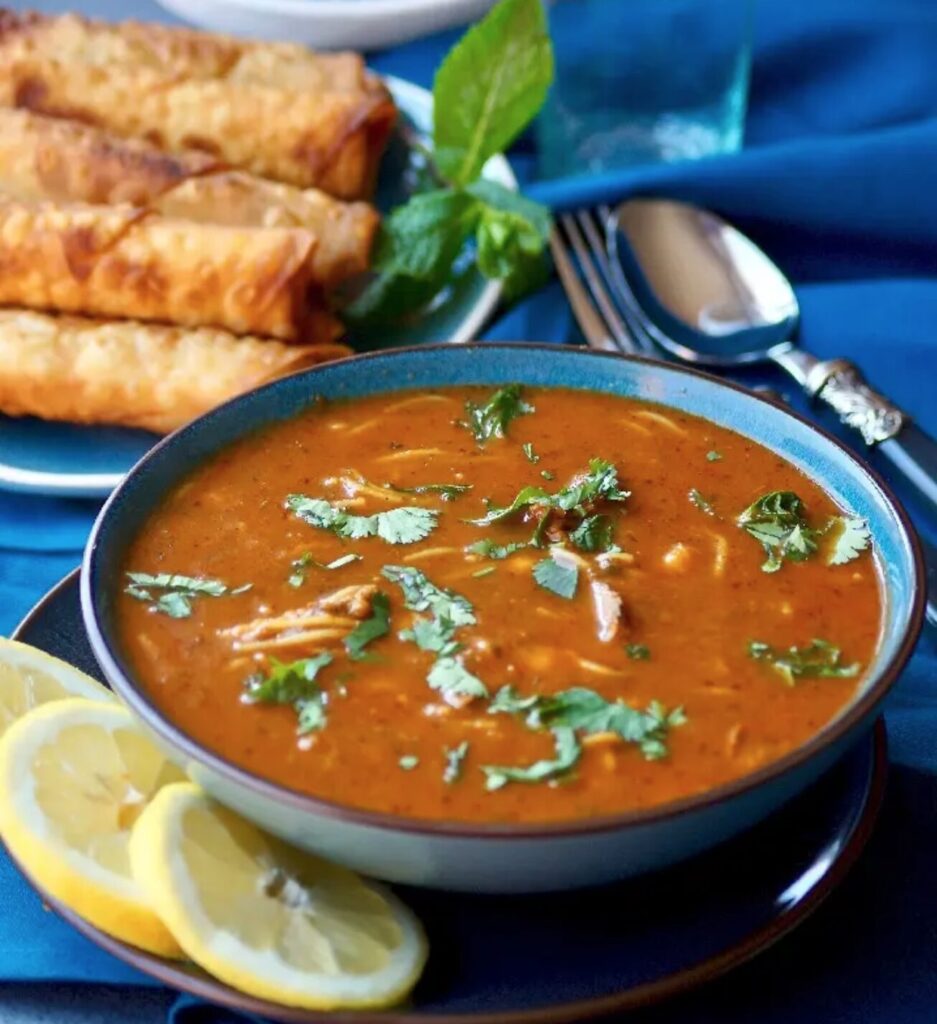
What does Harira taste like?
Harira has a savory, tangy flavor with earthy undertones from lentils and chickpeas. The spices and herbs give it warmth and depth without being overly spicy.
Is Harira eaten only during Ramadan?
No, while Harira is most closely tied to Ramadan, it’s also enjoyed year-round, especially in colder months.
Can vegetarians enjoy Harira?
Absolutely. Many recipes are vegetarian, focusing on tomatoes, lentils, and chickpeas. Meat is optional and varies by region.
What foods are typically served with Harira?
Harira is often paired with dates, Chebakia cookies, hard-boiled eggs, and fresh bread. Mint tea is also a common companion.
Can I learn how to make Harira in Morocco?
Yes! Cooking schools in Marrakech, Fez, and Casablanca often teach travelers how to prepare Harira as part of traditional Moroccan cooking classes.
Conclusion
Moroccan Harira Soup: A Ramadan Classic is more than a dish—it’s a tradition, a memory, and a symbol of Moroccan hospitality. For travelers, tasting Harira means experiencing a cultural cornerstone of Moroccan life, especially during Ramadan.
Whether you enjoy it in a family home in Casablanca, at a street stall in Marrakech, or during a cooking class in Fez, Harira will leave you with more than just a full stomach—it will leave you with lasting memories of warmth, community, and flavor.
Plan your Moroccan journey today, and let Harira be one of the highlights of your cultural and culinary adventure.

